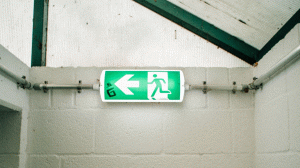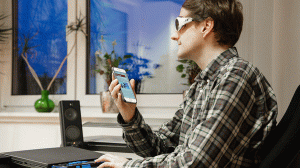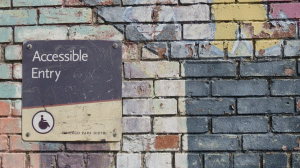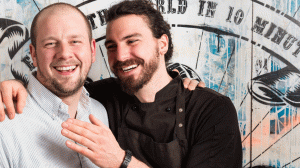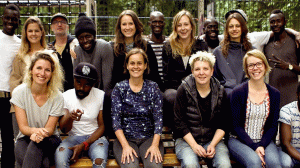One of the hardest parts of building a social enterprise is how to actually start. And by starting, I don’t mean how to write a business plan, make a shiny pitch deck or come up with a logo. I mean how to put your product or service in front of a customer for the first time – without spending two years and a fortune along the way.
Thanks to Lean Startup principles and agile development processes, it is rare to see technology companies spending months and years building the complete product before putting it out on the market. In the social impact space, where we often assume that our good intentions will obviously translate into sought-after products or services, early prototyping is at least as important. Especially, because most social startups can only dream of the financial resources a tech company may have, so each penny must be spent wisely – and must ideally come back from a paying customer.
The good news is: prototyping can be much simpler than it seems, if the founders can hold their ego at bay and live with the fact that the first version of their product and service will not be as pretty as they’ve always imagined. Most likely, it will be faulty, ugly, and crooked – but it will be gold for the future of your enterprise.
Indeed, our pilot service at Agruppa was all of that, and more. But overlooking the rough surface, it shone bright – because it helped us getting our first paying customers, and rapidly learn from the real market through our mistakes and customer praises as well as complaints. It was painful in every way, but it worked in showing us the reality of the social enterprise we were intending to build while spending less than $10,000 USD in six months.
In the process, we learned some lessons that I believe can apply to any startup – whether social impact focused or not, whether for a digital or physical product:
-
Prototype as early as possible: if your target market segment is big enough so that losing a couple of customers due to bad experiences does not really hurt you – go for it. (And if it is not, you’d better rethink the whole idea.) Get real feedback from real customers as soon as you can, even if this means testing one assumption at a time with a completely made up product.
-
Focus on testing key assumptions or features, not on how it looks: at Agruppa, we sold our produce below purchase price to the Mom-and-Pop shops in order to mimic the attractive prices we were going to be able to offer once we would have a big enough network of shops. Of course it made us lose money, but recovering 90% of the purchase price was better than nothing, and offering higher prices in order to cover our costs would not have tested the envisioned service offering. Even if your prototype is far removed from that pretty product you may have envisioned for months, get it out there. This of course requires having a reasonable idea of which product features are a “must” and which ones are “nice to have” for your specific segment. We knew that a competitive price was a must for Mom-and-Pop shops, while whether the produce came directly from the farm or from the central market was not essential to them.
-
Make sure customers pay: everyone loves presents, and maybe your start-up funding allows you to give out a prototype for free. But the path from “I like this product” to “I am willing to pay for it” can be very, very long. If your vision is to be financially self-sustaining, as it was for us at Agruppa, predictable and regular income (which in our case translated into the willingness to pay) is one of your key assumptions and needs to be put to test.
-
Measure, adapt and go back to step 1: the end goal of prototyping is learning, not generating revenue or growing your customer base. For us, this meant carefully monitoring order behaviour, running pricing experiments, testing out delivery times, etc. – and dealing with a lot of complaints. But this feedback is what ultimately leads to carving out the end product. Depending on the key assumptions you want to test, define how you will know whether they are true or not, and how to measure that. Then measure, adapt, repeat.
If you are building a purely digital product, it may not need to be prototyped as such, for example with a paper prototype or a clickable mockup. But it is worth thinking hard about what your service offering is at core, and if it cannot be tested in a different form and shape that is faster and less costly before being fully developed.
At Agruppa, we learned that it is much easier and much harder than you think to get your product or service in front of a customer for the first time – but it is indispensable. And for my part, I like to meet the reality rather sooner than later.
About the Author
Verena Liedgens is a self-proclaimed social entrepreneur without an enterprise. Co-Founder of Agruppa. Passionate about food, business model innovation and using markets for a more inclusive future.
Check out more articles from Verena Liedgens here.


